He was one of the most powerful and famous tsars of the Romanov dynasty.
Peter I —better known as Peter the Great— is widely remembered for westernizing Russia but also for expanding its territory, creating a powerful naval base.
Many historians grant whoever was a tsar among 1682 and 1725 having made Moscow a great European power.
- Russia concludes the first phase of the invasion of Ukraine and “downgrades” its military objectives
- They collect 64,000 signatures to expel gymnast Alina Kabaeva, alleged mistress of Putin, from Switzerland
- Turkey’s war dilemma: NATO member and Putin’s friend at the same time
Founder of the city of St. Petersburg, Peter the Great was a particular character: writings of the time recorded that he was more than two meters tall, had a small head and hands, and was always making faces.
In addition, it is said that he had a particular attraction to people suffering from dwarfism, which at that time used to amuse the tsars.
He is undoubtedly a fascinating figure who for hundreds of years has aroused the interest of historians: many say that everything he achieved, he did through brutal tyranny. And that while he was brilliant, he was also terrifying.
But that has not placated the admiration that many of the rulers who succeeded him have had for him.
AND Vladimir Putin is no exception. The president does not hide his enthusiasm towards him. He has publicly stated that he considers him a “hero” of his country for having “reformed” it.
What’s more: according to Simon Sebag Montefiore, author of the bestseller “The Romanovs” (2016), Putin, like other leaders, longs to be like him.
For the British writer, the history of this royal house is essential to understand what Russia is like and how it is governed today.
At BBC Mundo we wanted to review the life of Pedro I to explain what his main works were and why he is so important in the complex labyrinth of Russian power.
how he came to power
Pedro I was the youngest son of Alexius I of Russia —who reigned between 1645 and 1676—, and his second wife, Natalia Naryshkina.
Alexius I was succeeded by Theodore III, Peter’s older half-brother, who ruled for only six years and died without surviving issue.
The throne, then, happened to be led by Ivan V, also Pedro’s half brother. But being physically and mentally handicapped, the Boyar Duma—an advisory council for Russia’s grand princes and tsars—decided to appoint Peter, who was then only 10 years old, as Tsar in 1682.
The decision deeply upset Ivan’s sister, Sofia Alekseyevnaand their relatives, who were not satisfied with the arrangement.
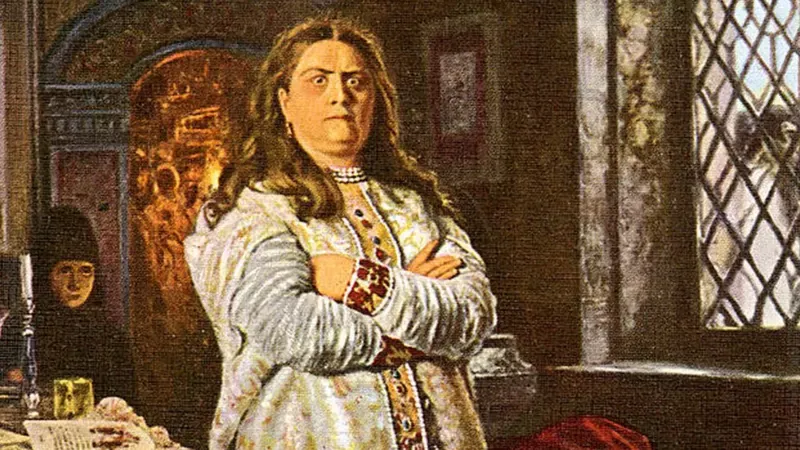
With the support of the Streltsi Guard, an important elite military body of the time, fostered the Moscow Uprising, which ended with power being returned to Ivan and Sofia.
In the riots, Pedro—who continued as Tsar along with Ivan—witnessed the slaughter of several of his relatives and friends. Various historians have explained that his complex character and subsequent cruelty are rooted in these bloody events.
In the following years, Peter lived with his mother in the village of Preobrazhenskoe, rarely attending official ceremonies. He devoted himself to navigation and shipbuilding.
In addition, he frequented foreign neighborhoods in Moscow, such as the German Town, where he was in contact with European merchants and enlightened foreigners.
But in 1689, when he was 17 years old, he decided to retake his power and successfully overthrew Sofia, who was forced to seclude herself in a convent.
The Tsar then married Eudoxia Lopukhina but the marriage was a failure. After having a son – who died after being arrested for treason – they divorced a few years later.
First rapprochements with Europe
Pedro I traveled incognito to Europe in 1696 in the so-called grand embassy (a Russian delegation whose purpose was to find European allies against the Ottoman Empire).
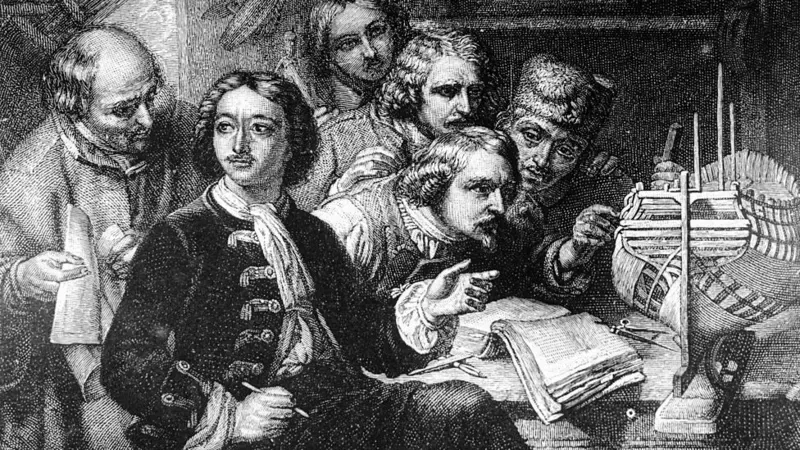
There, he is said to have visited libraries and attended university lectures. He was in Prussia, where he studied artillery, and in Holland and England, where he learned the shipbuilding trade. In London, the young tsar visited Parliament.
His trip was interrupted two years later, in 1698, for a revolt of Streltsi Guard in Moscow. The low salary, the hardness of the marches and the distance from their families are part of the reasons that explain the rebellion.
But there was another, even more important reason: the Streltsi wanted to re-enthrone Sofia.
However, the government army, under Pedro’s orders, crushed the insurrection, executing more than a thousand people. Another 700 were tortured and exiled.
In the history books it is stated that the Tsar personally cut off the heads of 5 prisoners. The Streltsi families were forbidden to give them food and water, indirectly condemning them to death.
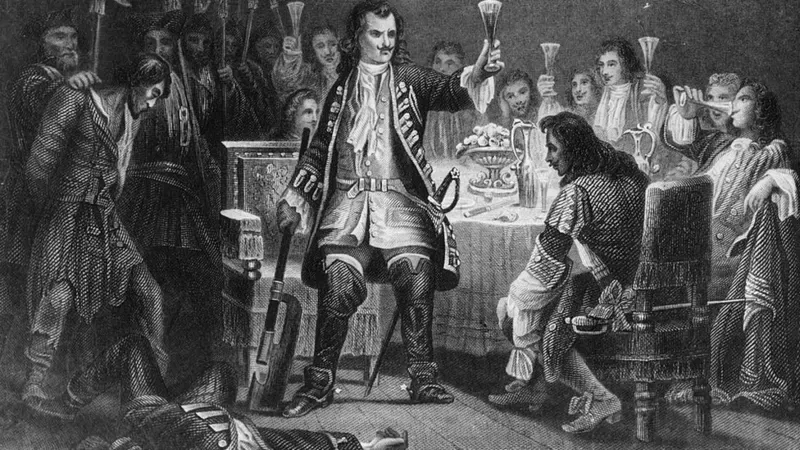
Years later, it brutally put an end to other uprisings, such as that of the Turkic people called Bashkirs or the violent Bulavin’s Rebellion against his empire in 1707.
A “modernizer” of Russia
But Peter the Great is not only remembered for his cruelty in destroying his enemies.
The tsar is first recognized for leading important reforms in russia, seeking to modernize the territory. And their special connection to Europe deeply influenced them.
He introduced the Julian calendar with the celebration of the New Year on January 1—and abolished the Russian one—and the tradition of decorating Christmas trees.
He also forced the upper classes to dress in the European style and the members of his court and his officials to shave off their mustaches and beards, which caused annoyance among the boyars (nobles), who were proud of them.
Furthermore, it allowed the women stop covering their face and have a social life.
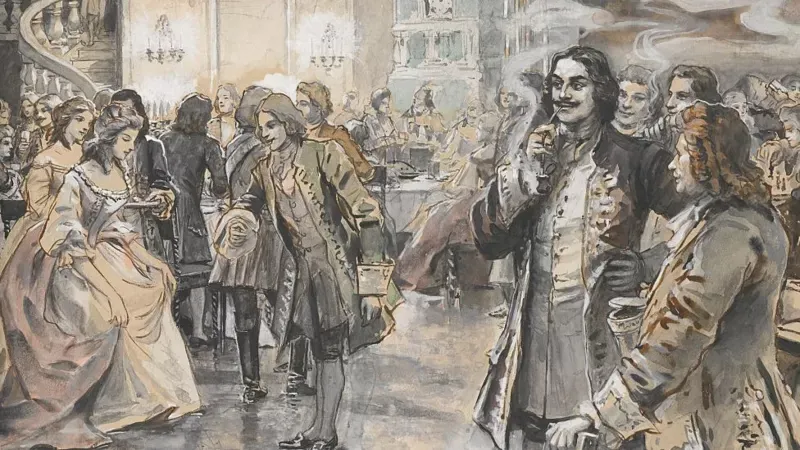
He also created the first higher institutes such as the Polytechnic School and the Saint Petersburg Academy of Sciences. He sent young noblemen to study abroad at state expense, raising a group of widely educated experts.
All these reforms generated a certain resentment in some sectors of society attached to Russian traditions. And the truth is that many continue to argue to this day if his legacy was really enriching or not for Russia.
While some believe that the measures led by Pedro I allowed his empire achieve the status of one of the main powers of Europe, others mourn the loss of cultural and spiritual traditions unique that existed in the country in this period.
“Even so, nobody disputes that his legacy is very important. He was a historical leader who changed Russia because he westernized his model of life, ”he tells BBC Mundo Juan Manuel de Faramiñán Gilbertprofessor emeritus at the University of Jaen.
Taking into account the above, the academic assures that “it is still curious that Pedro I is for Putin a symbol of Mother Russia because the truth is that he was a Westerner.”
“There is a kind of underlying contradiction,” he says.
Territory Expansion
However, Peter the Great also unified and expanded Russia beyond his territory.
“And that is precisely what Putin should be attracted to,” says Faramiñán Gilbert.
To do so, the tsar reorganized the Russian army according to the European standards of the time, using Western technology. He founded the Russian Navydreaming of making his empire a sea power in the world.
With that goal in mind, he sought to win more sea outings. At that time, the Baltic Sea was controlled by Sweden, while the Black Sea, by the Ottoman Empire.
“He was very interested in extending Russia’s power in the marine sphere. At that time, Russia only had access to the sea through the White Sea”, says Faramiñán Gilbert.
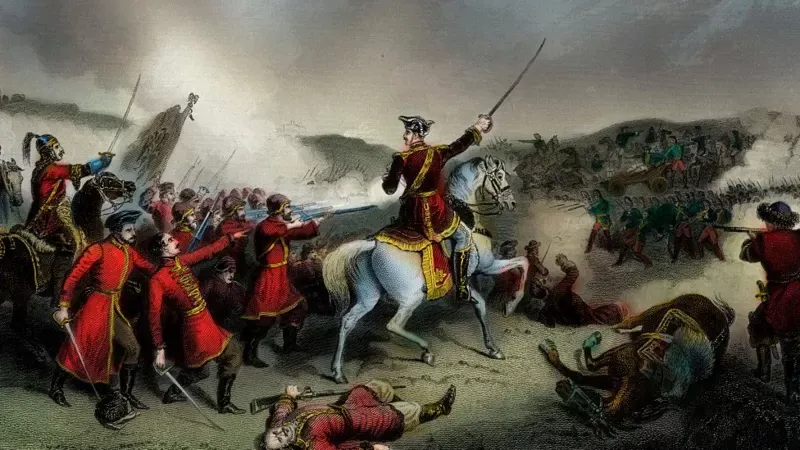
In this way, he declared war on Sweden and thus began a long series of conflicts that were called “The Great Northern War” (1700-1721) which ended with the Swedish defeat and the rise of Russia as a major power.
Pedro I gained access to the Baltic Sea and thereby took advantage of all the commercial possibilities in the region.
“He managed to control the Black Sea, expel the Tartars and even reached an agreement with Poland to obtain the city of kyiv,” says Faramiñán Gilbert.
death and succession
Shortly after the war ended, in 1721, Peter I decided to declare Russia an Empire. He then assumed the title of Emperor of all Russia.
Shortly after, he reformed the russian orthodox churchreplacing the traditional leader—the Patriarch of Moscow—with a council of ten clerics.
In addition, he introduced other important changes, such as establishing the “Table of Ranks” —which determined the position of a person based on merits and services to the emperor, and not on his social origin or origin—, created new taxes and built important palaces, such as the so-called Peterhof.

Just three years after becoming emperor, on February 8, 1725, Peter the Great died of a bladder infection.
His death occurred in the same city he founded, Saint Petersburg, where he was buried in the imperial crypt of the famous Peter and Paul Cathedral.
His second wife, Catherine I—officially named empress by him—succeeded him on the throne.
RECOMMENDED VIDEO
IT MAY INTEREST YOU
- 4 keys that explain what Ukraine is doing well to contain Russian power
- Putin’s nuclear threat: what would happen if it materializes and what would be the damage depending on the magnitude of the attack
- Perfidious and dark: the most recent war criminals in the world
- What would happen to Latin America if Putin ordered a nuclear attack?
- The 76-year-old Russian artist who challenges Putin
Source: Elcomercio

:quality(75)/cloudfront-us-east-1.images.arcpublishing.com/elcomercio/WYOPVRVWEBEH3MDWNBW3FA6XGQ.webp)

:quality(75)/cloudfront-us-east-1.images.arcpublishing.com/elcomercio/PNHCCWBID5HAZEHDRKZP2P5RWI.jpg)

:quality(75)/cloudfront-us-east-1.images.arcpublishing.com/elcomercio/SB5UJJHKCRAPBMQHJUTR6FAPRI.jpg)
:quality(75)/cloudfront-us-east-1.images.arcpublishing.com/elcomercio/XNOKD2RVMNBYNASZE2DHNLO3BA.jpg)
